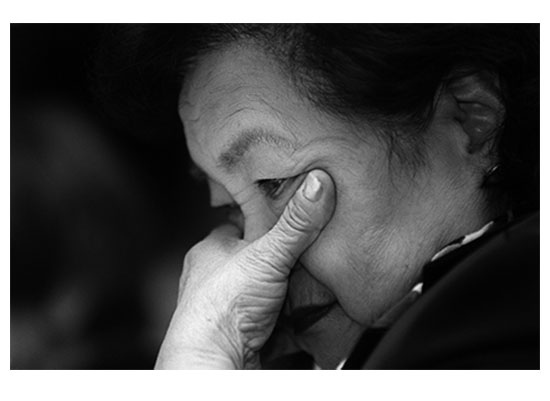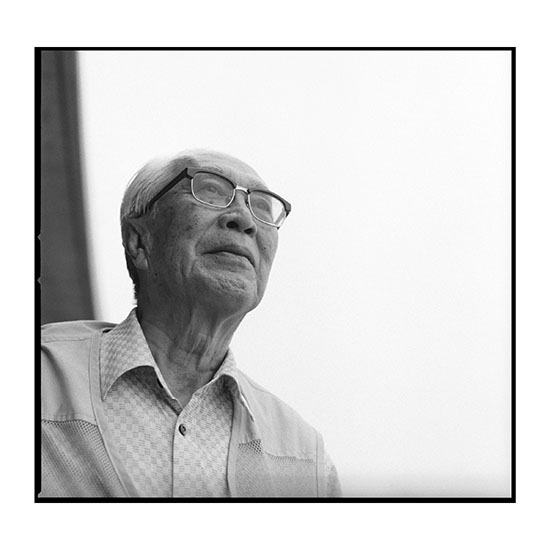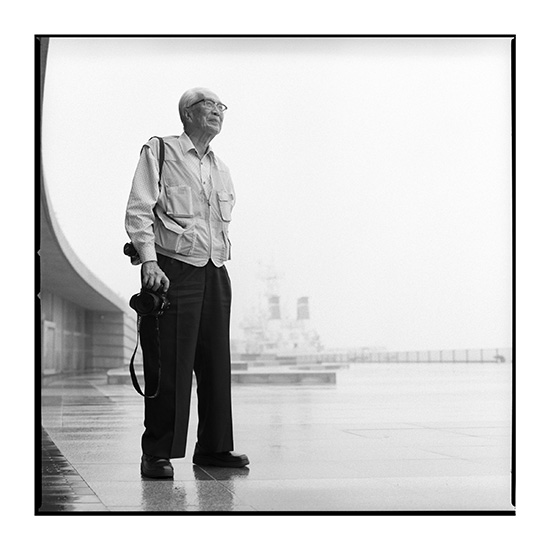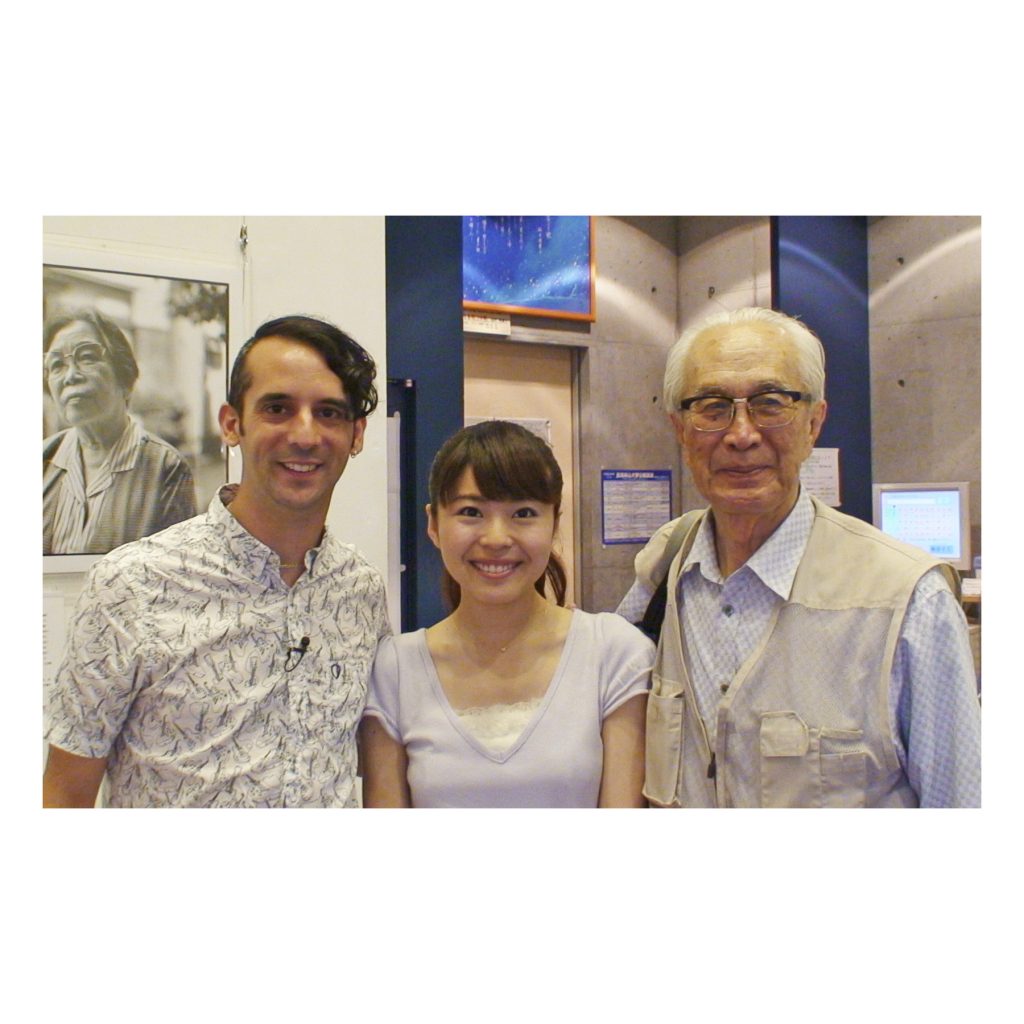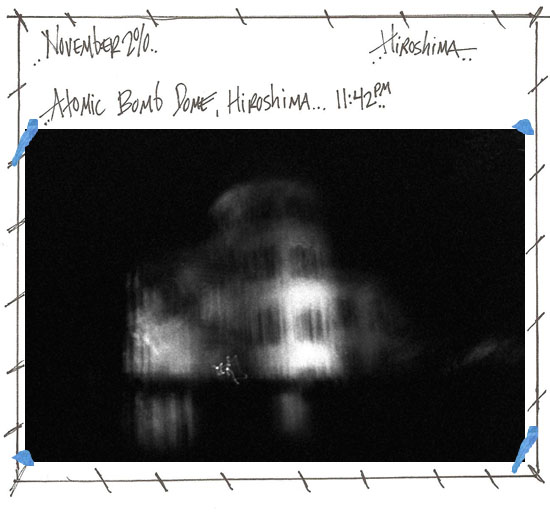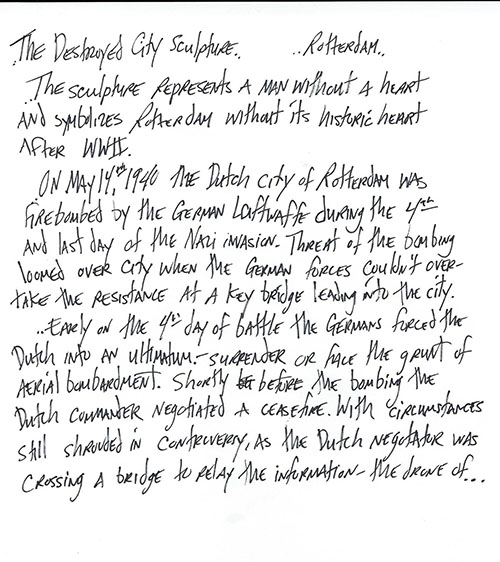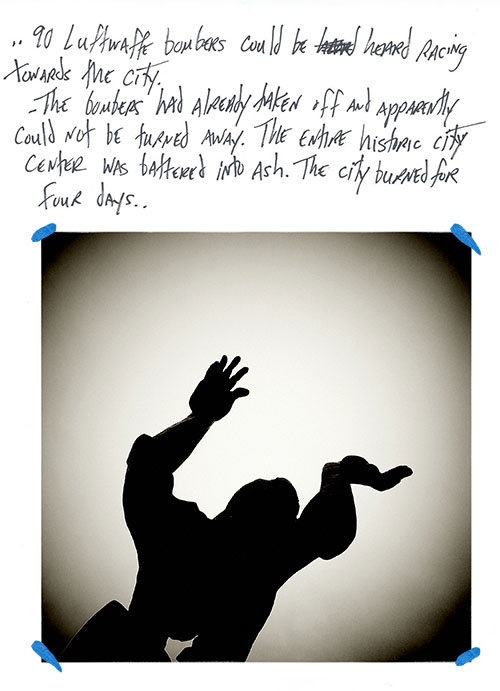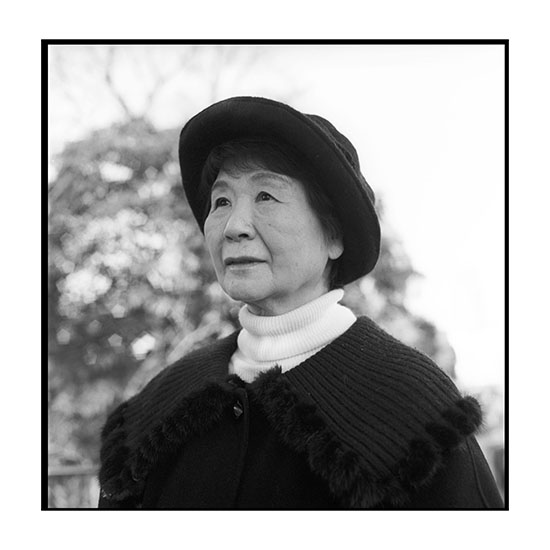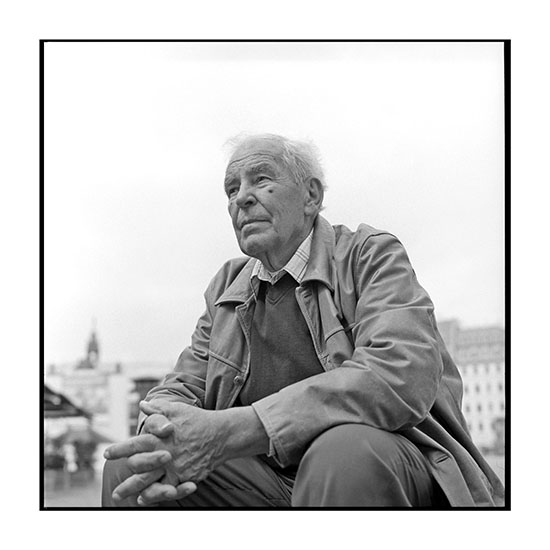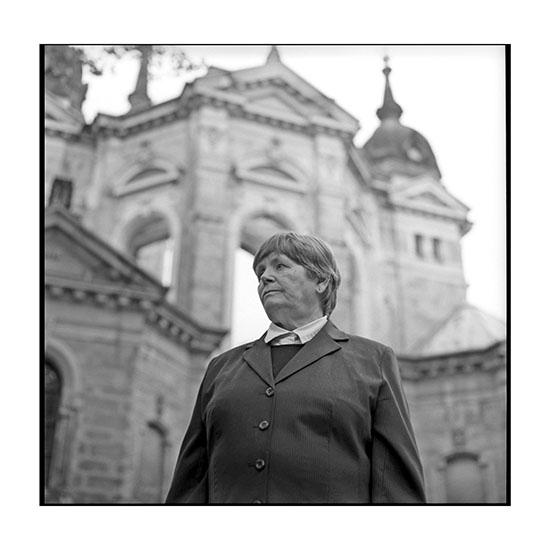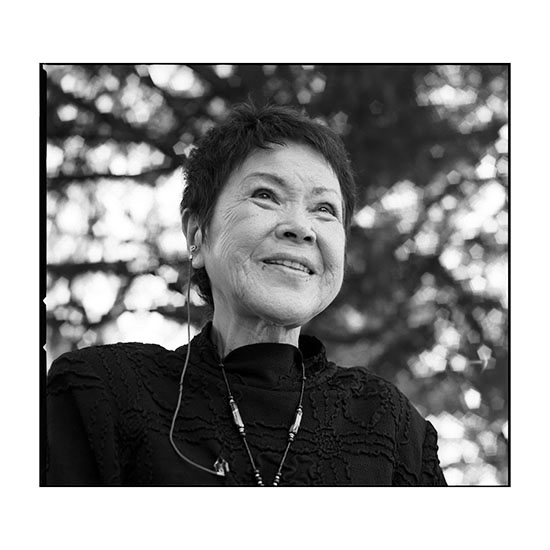
“Man developed nuclear weapons.
We have to question the human heart.
People can decide to abandon them.
I believe we can abolish nuclear weapons.”
-Miyoko Matsubara, Hiroshima atomic bomb survivor
On January 22nd the Treaty Banning Nuclear Weapons (TPNW) will be enacted as international law. I began photographing atomic bomb survivors (hibakusha) in 2008 and will continue to do so until the last voice goes silent.
In 2011 these portraits were published as a book, From Above. Everyday I think about the survivors I met in Nagasaki and Hiroshima. Most have passed but their memory lives on when the treaty banning nuclear weapons arrives.
Mrs. Matsubara was 12 years old when the atomic bomb destroyed Hiroshima. Her story details the hard life during and after the war and the passion she derived from living through those years. The atomic bomb left her severely burned with keloid scars covering most of the body. She experienced discrimination because of her appearance. In 1953 she was selected to be part of the Hiroshima Maidens program which made it possible for her to have corrective and cosmetic surgeries.
After Mrs. Matsubara dedicated
her life to peace activism and helping other victims of war cope with
the aftermath. She raised her elder brother’s three young children when
he and his wife passed away.
My memories of the afternoon I spent
with Mrs. Matsubara will be that she was always affable. Her spirit
instantly brightened the room. She had suffered a stroke a couple of
years prior but made it a priority to practice speaking English in the
mirror so she didn’t lose her motor skills. She spoke to me in perfect
English.
That afternoon was my only time with Mrs. Matsubara. I still remember all the details vividly because she left a permanent impression. She always had this glow about her. I feel lucky to have the opportunity to call her my friend.
